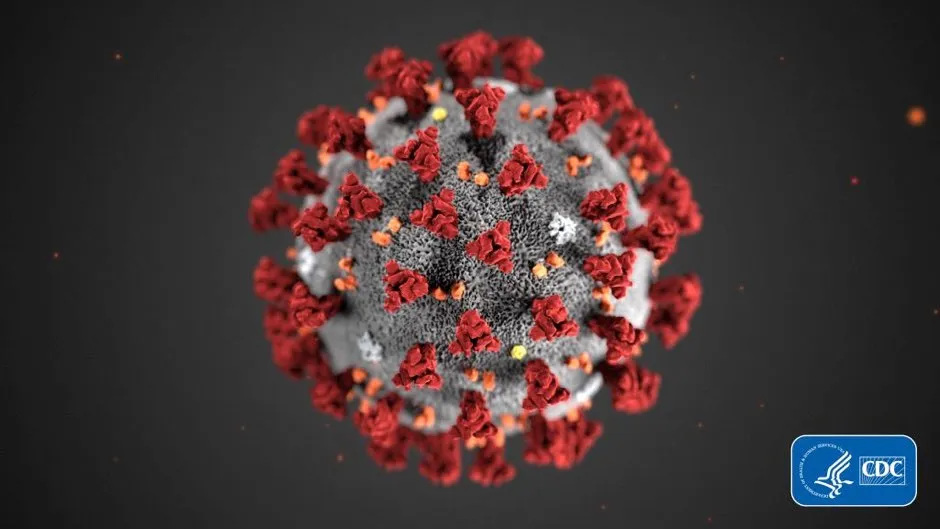Artificial intelligence is being used to create a 'one-stop shop' of the world’s leading coronavirus research.
A team at The Institute of Cancer Research in London has adapted its existing system, which sources data on cancer research and drugs, to improve existing information and accelerate new knowledge into COVID-19.
They say their fast-tracked development has the power to accelerate the search for promising new drug targets and treatments.
Read more developments in COVID-19 research:
- Coronavirus 'targets proteins' found at higher levels in men with heart failure
- 'No evidence' of coronavirus mutating into more dangerous strains
- Could antibodies found in llamas help us to defeat COVID-19?
The online 'knowledgebase', which is updated weekly, pulls in data from various sources – such as the international Protein Databank. The data includes over 830 three-dimensional images of the structure of proteins made by the novel coronavirus, as well as coronaviruses MERS and SARS.
The system has been called 'Coronavirus canSAR'. Using AI technology, canSAR is able to generate complex maps of how these virus proteins interact with human proteins.
“We are launching the initial phase of the world’s first one-stop shop for coronavirus research, designed to rapidly pull together data on COVID-19 as it becomes available,” said project leader Professor Bissan Al-Lazikani, head of data science at ICR London.

“It is more than just a database – it’s an intelligent system which visualises vast amounts of complex data in a way that is easy for researchers to understand and act upon, predicts which approaches to treatment are most likely to work, and objectively assesses the information emerging from clinical trials.”
Co-leader of the project and chief executive of the ICR, Professor Paul Workman, said: “Our aim is to bring all the relevant data together in one place, helping researchers to cut through the noise and prioritise the best opportunities, and speeding up the pace of coronavirus research around the world.
"We want to make sure that patients everywhere benefit as soon as possible from the best of the treatments that have already reached the clinic, as well as identifying new opportunities for innovative drug discovery."
What does the novel coronavirus look like?
Coronavirus is an ‘enveloped virus’. This means it has a protective outer layer known as a ‘lipid bilayer’. The molecules making up this layer are shaped like a tadpole, with a water-loving (hydrophilic) round head and a water-hating (hydrophobic) tail.
These molecules arrange themselves into a ‘bilayer’: two layers piled on top of each other into a sheet, with tails pointing inwards and heads pointing outwards.
The molecules are pulled closely into each other to protect the hydrophobic tails from the water in your respiratory droplets when you cough or sneeze.
The hydrophilic heads are very ‘sticky’, meaning the virus is very effective at sticking to your hands – perfect for a microbe that’s trying very hard to infect you.
Soap molecules also have this tadpole structure, which is what makes it so useful.
Read more:
